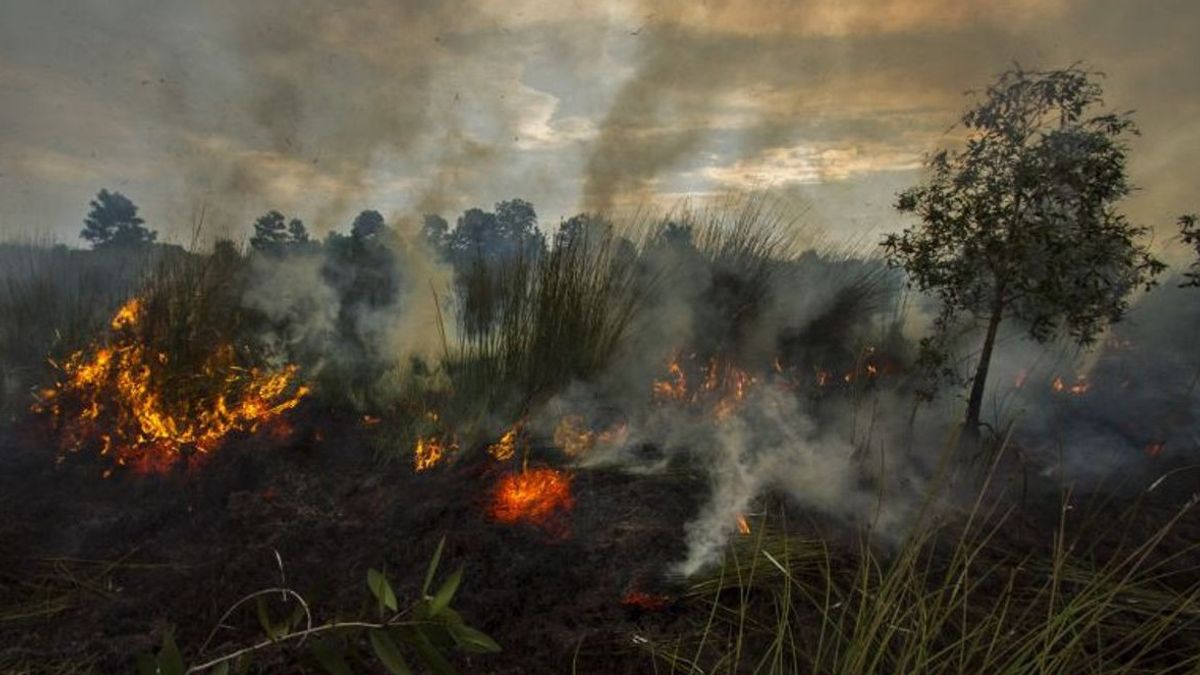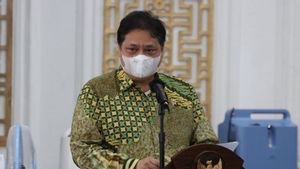JAKARTA - The National Research and Innovation Agency (BRIN) applies weather modification technology as an effort to prevent forest and land fires (Karhutla) through wetting peatlands in the South Kalimantan region.
"The operation of weather modification technology (TMC) in recent years has become a permanent solution in efforts to control the Karhutla disaster in Indonesia," said the Coordinator of the BRIN TMC Management Laboratory, Budi Harsoyo, as reported by ANTARA, Monday, July 10.
The weather modification activity lasted for 12 days at the request of the Peat and Mangrove Restoration Agency (BRGM) which started from July 7 to July 18, 2023.
Budi said the target for the weather modification was to fill water deposits in a number of peat domes so that the dry period could be shortened and the potential for forest and land fires events could be suppressed through technological support.
"In addition, if later when entering the dry season period where many Karhutla events began to appear, the ground extinguishing operation team could still be able to collect water from water sources in peat areas for land extinguishing efforts later," he said.
Monitoring the water level of peatlands from the Peat Lahan Monitoring System (Sipalaga) published by BRGM shows peatwater level
On July 6, data from the Peat Water Monitoring System published by BRGM showed that the peatland water level was at the level of -0.11 meters.
Meanwhile, data on the distribution of hot spots caught by NASA-MODIS satellites on the SIPONGI website of the Ministry of Environment and Forestry (KLHK) shows that during June 2023 there have been quite a number of hot spots with a high to high level of trust (above 50 percent) in South Kalimantan.
"These conditions indicate that peatlands have started to dry up, so it is important to immediately anticipate forest and land fires in South Kalimantan," concluded Budi.
VOIR éGALEMENT:
The Meteorology, Climatology and Geophysics Agency (BMKG) has released a forecast for this year's dry season which states that most parts of South Kalimantan have the nature of sub-normal dry season rain with the peak period of the dry season in August-September 2023.
Thus, artificial rain formed from weather modification technology is expected to help fill water storage ponds in peatlands as well as maintain the water level of peatlands so that humidity in peatlands can be maintained in order to reduce the potential of forest and land fires in South Kalimantan.
The English, Chinese, Japanese, Arabic, and French versions are automatically generated by the AI. So there may still be inaccuracies in translating, please always see Indonesian as our main language. (system supported by DigitalSiber.id)

















